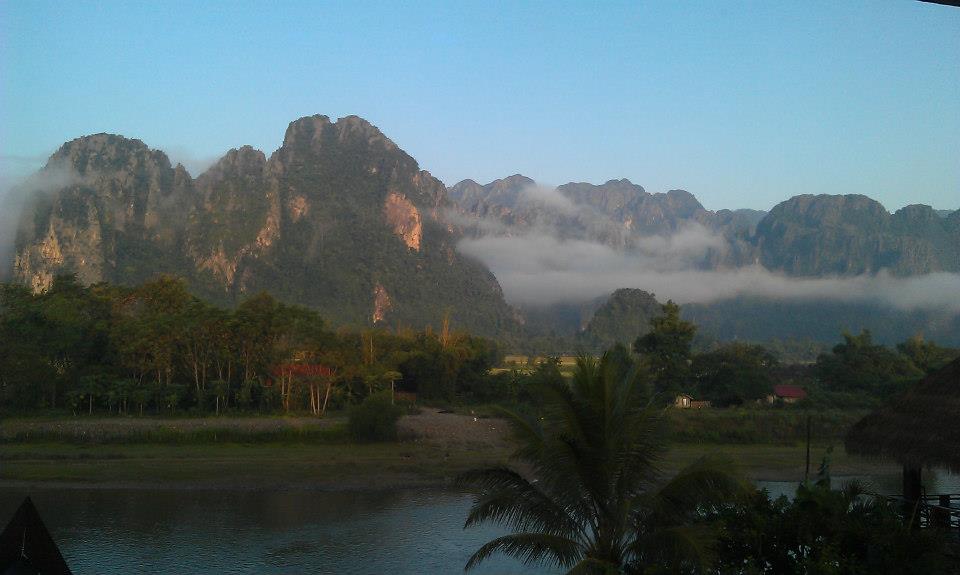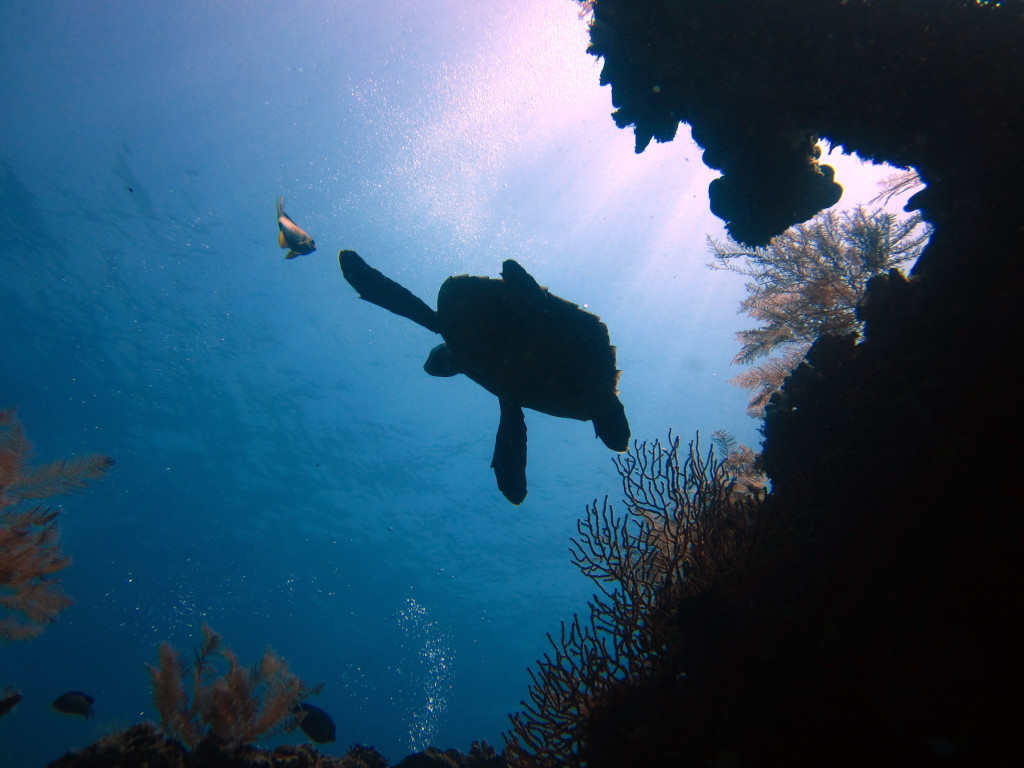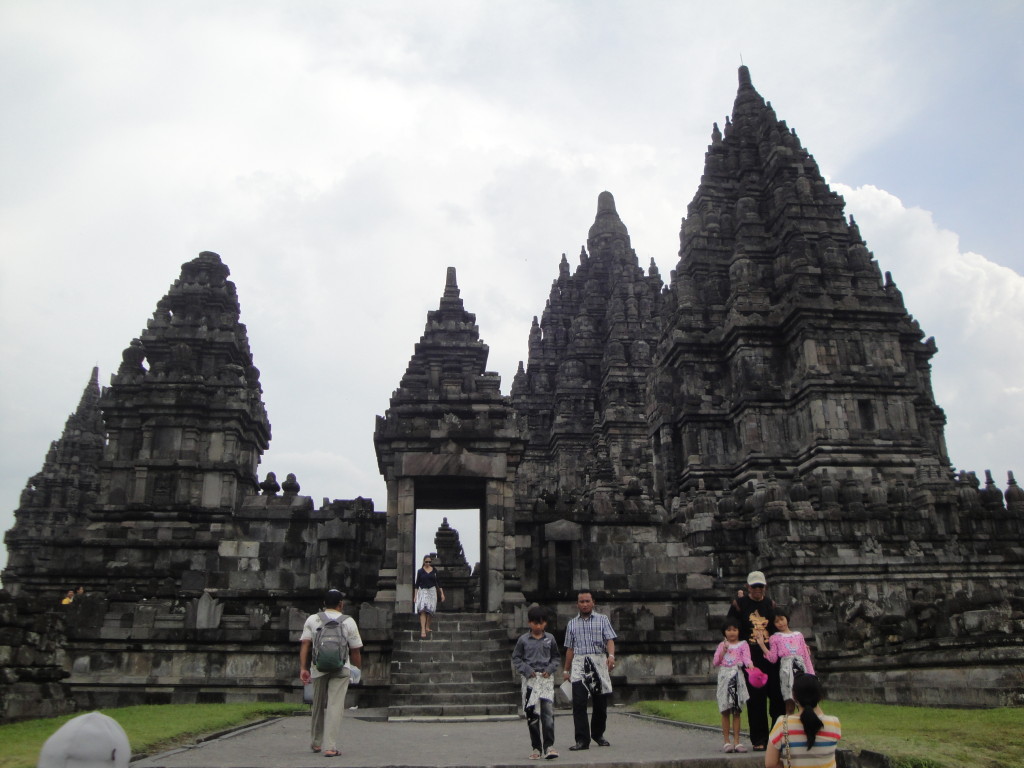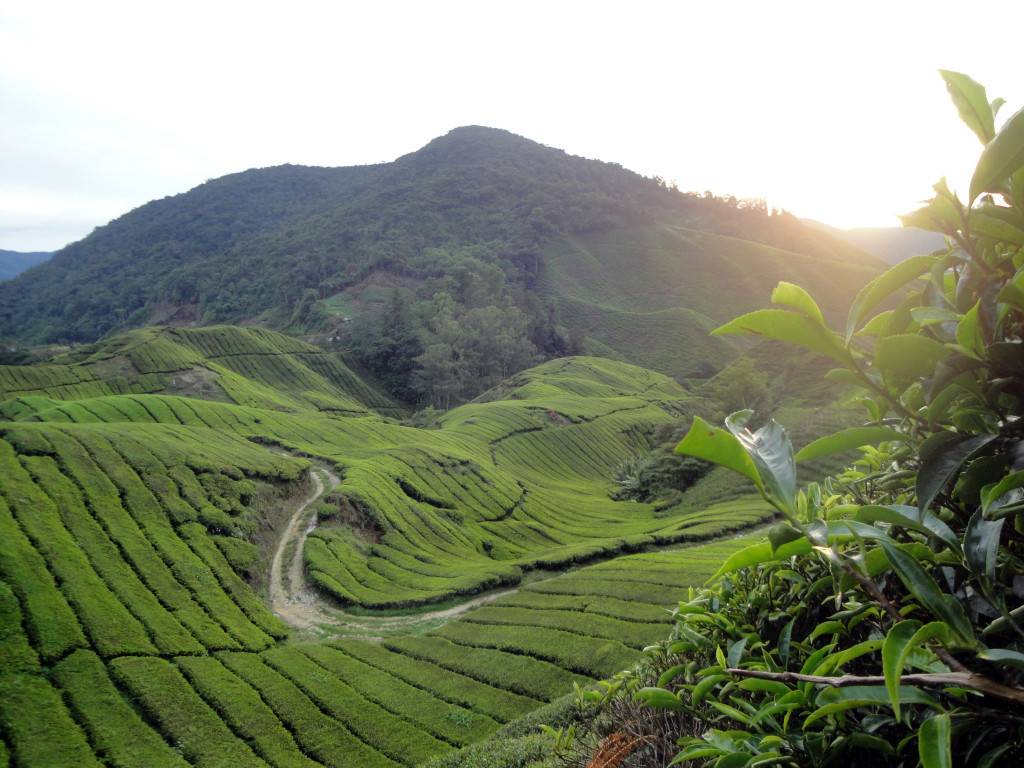Appearing in the Jan. issue of the Singapore American Newspaper is my first piece of 2018!
This is a fantastic year for long weekends, as almost all days off fall at the beginning or the end of the work week. In an homage to FOMO, below are some strategies for maximizing your free time.
Chinese New Year (Fri & Sat, Feb 16–17)
Our only 2-day holiday must be considered carefully. Those celebrating will be flying home to see family, which means, ironically, this is not the best time to visit China, nor countries with large Chinese descendent populations, such as Vietnam. Those not celebrating will be flocking in droves to Thai beaches and Cambodian temples, so skip those as well. Instead, make the most of our longest holiday by going further afield. For winter activities, Japan and Nepal are excellent for skiing and trekking respectively. If you’re craving sunshine, New Zealand and Australia will be in the middle of summer. As with Christmas in the West, the cost of flights and hotels shoot up during CNY, so plan ahead and book early.
Good Friday (Fri March 30)
Missing spring? Avoid the crowds and extravagant prices of Japan in cherry blossom season, by viewing the flowers in the Korean cities of Busan, Daegu and Jeju Island, which hosts an annual carnival. This is also the time to hit those temples in Cambodia. And if you don’t mind heat and humidity, Laos makes for a quiet getaway as it’s low-season for tourists.
Labour Day (Tues May 1)
Fall in New Zealand is a superb time to visit as the summer crowds will have left, the prices of attractions drop and the scenery is beautiful. For history buffs, Vietnam celebrates Reunification Day with processions and decorations on April 30. The more adventurous can fly to Pentecost Island, Vanuatu for the Naghol Land Diving Festival, where local men perform ritual bungee jumps using vines alone.
Vesak Day (Tues May 29)
This important day for Buddhists is celebrated in a variety of ways. Sri Lanka’s cities erect electrically-lit floats. Seoul hosts festivals and parades. Borobudur in Yogyakarta, Indonesia is glorious, as thousands of monks gather to chant while circling the temple. This is not a great occasion to visit most cities in India, as temperatures hover at 90°F plus. Keep cool at the annual Koh Samui Regatta in Thailand, which runs from May 26 to Jun 1.
Hari Raya Puasa / Eid al-Fitr (Fri June 15)
Marking the end of Ramadan fasting, Hari Raya Puasa brings festivities and closed businesses in Malaysia and Indonesia. While the atmosphere will undoubtedly be jubilant, note that many tourist destinations in Muslim countries may not be open during the holiday. In China, high-energy Dragon Boat Festivals will be happening from Beijing to Nanjing on June 18.
National Day (Thurs Aug 9)
This is high season on Vietnam’s coasts, where hotels are up to 50% more expensive, so travel inland to Hội An, Nha Trang and Huế, or book a junkboat to explore Hanoi’s dramatic Hạ Long Bay. Only an hour away by plane, George Town in Penang devotes the entire month to arts, culture and heritage. Make it a Malaysia tour by swinging down to Kuala Lumpur and then Malacca, where the weather will be dry and pleasant. It’s full-on monsoon season in India and South Korea, however, so give them a miss.
Hari Raya Haji / Eid-ul-Adha (Wed Aug 22)
A time for feasting with family and spiritual reflection, Hari Raya Haji is less rowdy than Puasa, so less compelling for visitors. Domestic travel, particularly buses and trains, within Malaysia and Indonesia will be packed. Around this time, the Mountain Echoes Literary Festival kicks off in Thimphu, the capital of Bhutan. Among last year’s speakers were Markus Zusak, Padma Lakshmi and even the Queen of Bhutan herself.
Deepavali (Tues Nov 6)
Brave the crowds and head to India, which is a magical place during the Festival of Lights, especially Jaipur and Udaipur in Rajasthan. Weather-wise, this is also an ideal time for mountain treks in Nepal, strolls through Shanghai, or viewing autumn foliage in Japan. For trips easier on the wallet, head to Penang or Taipei, two destinations known for amazing street food, with hiking, shopping and historic sites all in easy reach. Hong Kong also boasts pleasant temperatures at this time of year.
Christmas Day (Tues Dec 25)
If you want Christmas spirit but aren’t looking to make a pilgrimage to Europe or the Americas, check out the Philippines. Manila and Cebu will be decked out in lights, and seasonal festivities are not to be missed in the provinces of Pampanga and Cavite. The cooler weather in Bangkok and Chiang Mai means Thailand is another good option. Or treat yourselves to an excursion to the Maldives. While prices are higher at Christmas, diving and snorkeling are incomparable as visibility is excellent during the dry season.





